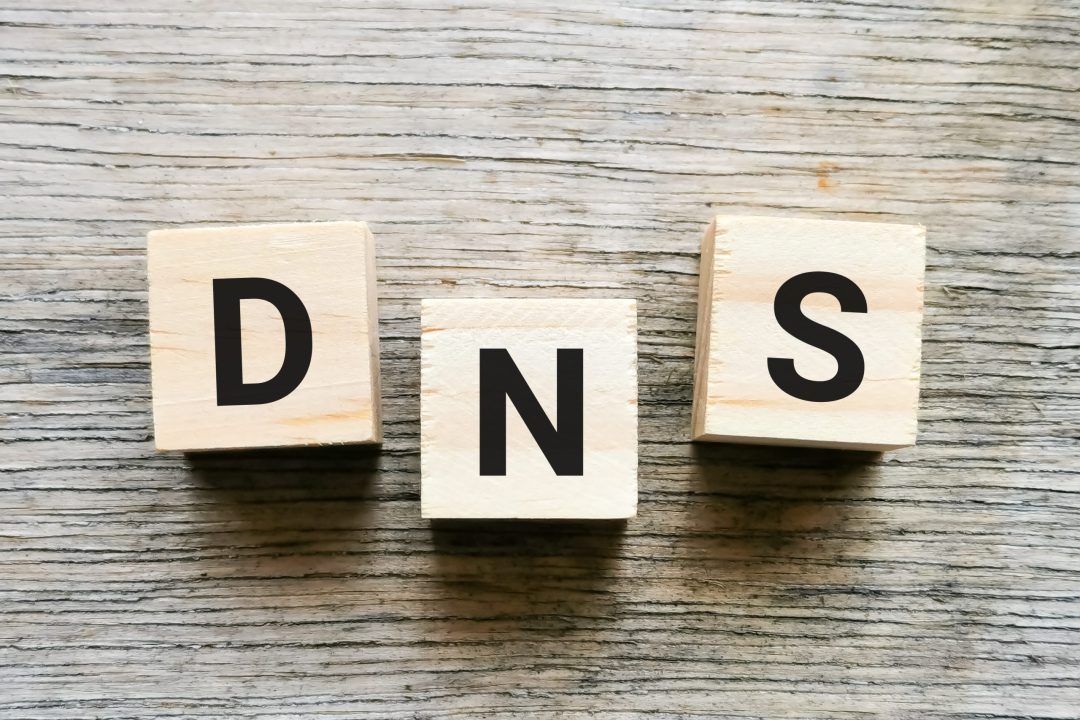
DNS (Domain Name System) is a system that allows users to access websites and other resources on the internet using easy-to-remember domain names instead of IP addresses. This guide will provide a comprehensive overview of DNS, including its purpose, how it works, and different types of DNS servers and records.
Table of contents
Purpose of DNS
- The main purpose of DNS is to convert domain names (e.g., www.example.com) into IP addresses (e.g., 192.0.2.1) so that computers can locate and access the corresponding website or resource on the internet.
- DNS allows users to access resources on the internet using easy-to-remember domain names instead of having to remember and enter IP addresses.
- DNS also enables other functionalities like email routing using MX records, service discovery using SRV records, and encrypted DNS using DNSSEC.
How DNS works
- When a user types a domain name into their web browser, the browser sends a request to a DNS server to resolve the domain name to an IP address.
- The DNS server looks up the IP address associated with the domain name in its database and sends it back to the browser.
- The browser then uses the IP address to connect to the server hosting the website or resource.
- DNS is a hierarchical system, with a small number of root servers at the top of the hierarchy. These servers contain information about the top-level domains (TLDs) such as .com, .org, and .edu.
- When a DNS server receives a request for a domain name, it first checks its own cache to see if it has recently looked up the domain name.
- If the information is not in the cache, the server sends a request to the root servers to find the IP address of the authoritative DNS server for the TLD.
- The authoritative DNS server for the TLD then looks up the IP address for the specific domain name in its database and sends it back to the requesting DNS server.
- The requesting server then caches the information for a period of time (TTL) to speed up future requests for the same domain name.
Types of DNS servers
- Recursive DNS servers, which handle requests from clients and perform all the lookups needed to resolve a domain name
- Authoritative DNS servers, which contain the actual data for one or more domain names
- Caching DNS servers, which store recently looked-up domain names and IP addresses to speed up future requests
- Root DNS servers, which contain information about the top-level domains
Types of DNS records
- A records: Maps a domain name to an IP address
- MX records: Specifies the mail servers for a domain
- CNAME records: Maps an alias domain name to the actual domain name
- NS records: Specifies the authoritative DNS servers for a domain
- TXT records: Can be used to store arbitrary text information, such as SPF information for email
- SRV records: Can be used for service discovery
- DNSSEC: Provides a way to authenticate DNS information and protect against tampering
Overall, DNS is a crucial component of the internet, allowing users to access resources using easy-to-remember domain names rather than IP addresses. It also enables other functionalities and provides a way to authenticate DNS information and protect against tampering. Understanding how DNS works and the different types of DNS servers and records can help with managing and troubleshooting internet connectivity issues.





